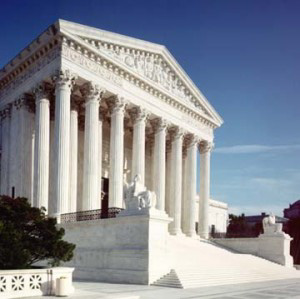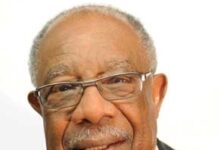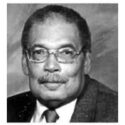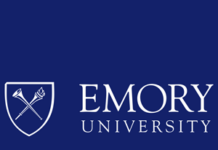 One June 29, 2023, the United States Supreme ruled in Students for Fair Admissions that race could no longer be used as a consideration in admissions decisions at U.S. colleges and universities. The ruling erased precedent that had been in place for more than a half century and had been used effectively to boost racial diversity at our most prestigious educational institutions.
One June 29, 2023, the United States Supreme ruled in Students for Fair Admissions that race could no longer be used as a consideration in admissions decisions at U.S. colleges and universities. The ruling erased precedent that had been in place for more than a half century and had been used effectively to boost racial diversity at our most prestigious educational institutions.
The evidence is clear. In 2004, only two of the nation’s highest-ranked research universities had incoming classes that were more than 10 percent Black. For the Class of 2026, there were 20 high-ranked universities hat had an entering class that was more than 10 percent Black. For the Class of 2026, 15 high-ranking universities that had entering classes that were at least 12 percent Black. Two years earlier, for the Class of 2024, there were eight. In 2004, there were none.
After the Supreme Court ruling, colleges and universities that value racial diversity in their enrollments had to scramble to devise ways to bring more Blacks to campus. The current admissions cycle is the first that has to adhere to the new rules.
JBHE asked enrollment management officials at high-ranking colleges and universities to share their efforts on how they have attempted to maintain racial diversity in their incoming classes in light of the new legal environment.
Michael S. Ross, president of Wesleyan University in Middletown, Connecticut, told JBHE that “we will continue to invest in recruiting students from around the country (and not just the coasts and the big cities). We will create an annual scholarship program to recruit and support a group of undergraduates from Africa. The university will strengthen our outreach to community-based organizations, college access programs, and Title I high schools and invest in building a pipeline of community college graduates interested in liberal arts colleges and universities.”
Chris Pace, director of strategic initiatives and senior associate dean in the Office of Admission at Emory University in Atlanta, reported that “our efforts around diversity in light of the recent the Supreme Court decision are focused on the non-admission parts of the recruiting and enrollment process: increasing outreach and creating more diversity-focused events for prospective students, and also looking at diversity-focused yield events for admitted students.”
Keith Steinbrueck, a senior analyst in the Office of Undergraduate Admission at Washington University in St. Louis, said that “Washington University is committed to bringing in a diverse class of students while working within the boundaries of the law. We continue to robustly recruit students from all areas and all backgrounds, are enhancing our partnerships with college-access organizations, and are working to understand each student’s context through our holistic review process.”
Richard J. Iannelli, director of institutional research and analytics at Vanderbilt University in Nashville, told JBHE that “we will make an even greater effort through new and continued relationships with schools and community-based organizations to reach students historically underrepresented on our campus and help them understand they are welcomed and belong at Vanderbilt. The university trains staff to understand a student applicants’ context, especially in terms of their school and/or community setting. We will continue to contextualize applicants in light of their lived experiences, through the holistic application review process. Especially understanding academic excellence in context is critically important to enrolling a diverse and academically prepared student community.”
Katie Reed, associate director of admissions at Macalester College in St. Paul, Minnesota, reports that “we continue to reaffirm our commitment to building a diverse student body and inclusive campus community while also ensuring our admission practices align with the new legal requirements. Outreach and recruitment initiatives, particularly those that involve partnerships with community-based organizations, have been a particular point of focus for us.”
Deanna Dixon, dean of admissions at Smith College in Northampton, Massachusetts, told JBHE that the college formed “a new partnership with Questbridge this year which will allow us to reach many more high achieving, low-income students across the country. We continue to build upon our already strong partnerships with community-based organizations across the country and have expanded our recruitment travel to include more regions of the country for student and secondary school counselor outreach. We have also included a question on our application that gives students an opportunity to reflect on any of the identities they hold and tell us how that identity, or identities, informs how they might engage with our community.”












The dilemma is that at every socioeconomic tier, whites and Asians outperform blacks academically. JBHE published a study showing even wealthy blacks underperform poverty stricken whites. So we really need to figure out how to have race based positions. Mining poor areas won’t do the job.